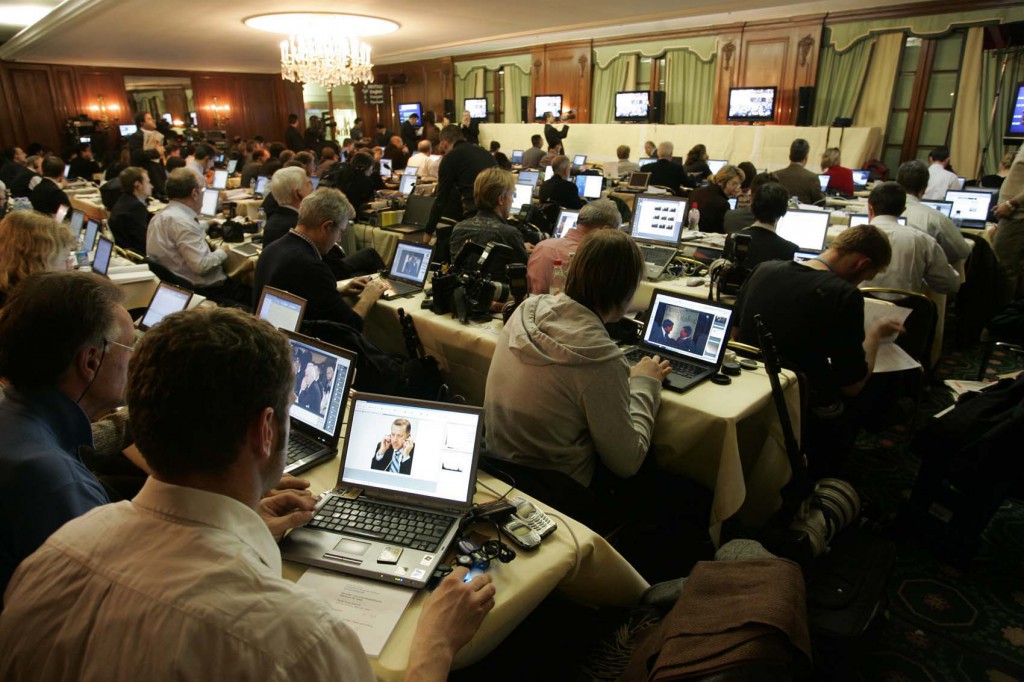Journalism in 140 Characters: Being Aware of Your Social Media News Sources
Social media is ubiquitous; it has a certain appeal that draws you in and connects users, allowing them to interact across the world. It serves as an endless source of what goes on in the daily lives of our family, friends and even strangers. Social media content ranges from a delicious looking meal tagged with #foodporn to anything your cat does while you’re sitting at home to a picture of latte art by the Starbucks barista or maybe the graffiti on the wall of an alley. Take a picture or it didn’t happen, right?
Think of the last major event you didn’t first hear about via Twitter. Can’t think of one? Neither can I. As public relations professionals, it is part of our job to keep up to date and stay informed on the latest and greatest stories. However, with Twitter and other forms of social media so easily accessible, every user becomes a journalist by his or her own definition and shares content as desired. This is not to say social media cannot be trusted, we just need to be cautious of the source sharing the news we read.

Patricia Lamberti, director of the graduate program in digital media and storytelling at Loyola University Chicago said, “journalists realize they need to do more than tell a story. They need to promote the story through social media. Public relations is part of a journalist’s job now.”
But good journalism takes time that social media does not allow.
“Social media puts extraordinary pressure on traditional news organizations to be faster with their reporting,” said Ron Culp, public relations consultant at Culp & Co. and professional director of the graduate public relations and advertising program at DePaul University. “Unfortunately, this sometimes leads to sloppy journalism. Unless the tweet comes from a highly reliable source, I think it is wise to await verification before potentially spreading misinformation.”
Users are able to share news and their opinions instantly while journalists have to verify information to report accurate, unbiased news to the public. This often creates a divide between what is being reported by news organizations and social media users.
Wesley Lowery, a national reporter for The Washington Post, acknowledged this disconnect between users and reporters.
“There is often a lag between what we can confirm and speculation about what we hear on social media,” Lowery said. “Journalism is no longer just about historical recognition. It’s about what people are thinking and feeling in real time.”
Journalism is evolving, but remains more important than ever. There is no shortage of news. Social media serves as “a tool for more information and more disinformation,” Lowery said. Though Twitter has proven to be useful for immediate updates, it is often more useful to read well-written reports from an expert on topics that we likely know very little about.
What are some of your favorite reliable news outlets?
—
Krista Watson is a member of the PRSSA Chapter at Loyola University Chicago. Follow her on Twitter and connect on LinkedIn.
